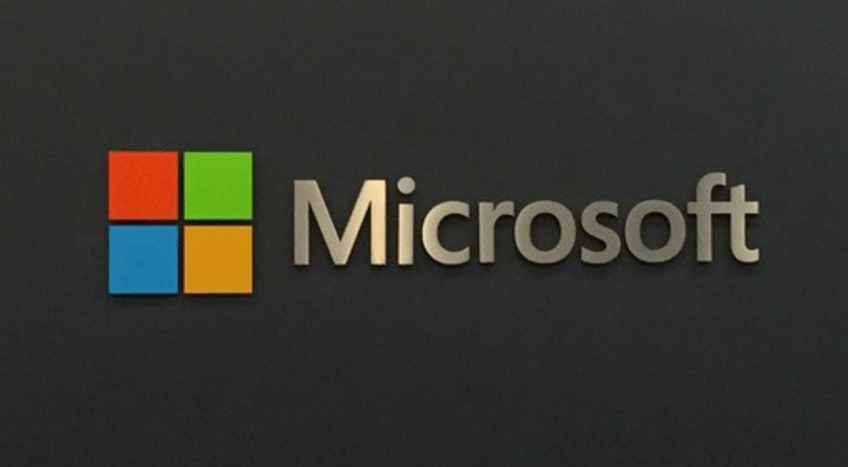
Microsoft is a global brand: it’s known all over the world and for some people it is synonymous with software sort of like Kleenex is with tissue paper. Microsoft was founded in 1975 by Bill Gates and Paul Allen — yes, just two young men who were obsessed with computers and programming. MS-DOS preceded the Windows software package the one that later came to dominate the PC world, and along the way both Gates and Allen became billionaires. Eventually, about 12,000 Microsoft employees would become millionaires.
Gates was CEO until the year 2000 when he was replaced by Steve Ballmer. During his tenure, which lasted until 2014, Microsoft ventured into the hardware space as well. Microsoft’s current CEO, Satya Nadella, re-directed the focus away from hardware to go in the direction of cloud computing. He joined the company in 1992 and worked in cloud computing in a leadership role before becoming CEO. In this key executive leadership position he has tried to change the corporate culture to emphasize a growth mindset and improved internal communication.
For the growth mindset piece, which is central, he was inspired by the work of researcher and author Carol Dweck. He explained his view of her work, “If you take two kids in school, let’s say one of them has a lot of innate capability but is a know-it-all. The other person has less innate capability but is a learn-it-all. You know how that story ends. Ultimately, the learn-it-all will do better than the know-it-all. And that, I think, is true for CEOs. It’s true for companies.”
To improve communication he gave copies of the book Nonviolent Communication by psychologist Marshall Rosenberg to some Microsoft executives. This book presents some unique ideas about how people can directly talk about how they feel instead of criticizing others. When people talk about how they feel in various life and work situations they have better chances of getting their needs met.
Workplaces can sometimes become unpleasant, uncomfortable and stressful places to be when communication styles are obnoxious, rude, insensitive or painful. Verbal and emotional abuse turn work cultures toxic and toxic workplaces tend to have high employee turnover rates because employees don’t want to work in these contexts.
Employee turnover can be very costly for employers so trying to create a safe work culture is a smart approach to running a company.
When he first started, Nadella made some great decisions regarding Microsoft’s culture, but he also made a significant error. At a tech event near the time right after he was hired he made a remark that women shouldn’t pursue raises, rather they should trust the system and wait for them. Later, he acknowledged he was completely wrong and apologized. Being able to publicly admit mistakes and apologize for them is a very effective leadership trait. When leaders won’t admit their mistakes employees and customers can lose respect for these figureheads and he companies they represent.
While all this talk about leadership and company culture might not seem that relevant to the topic of what it is like to work at Microsoft, company culture is central to what employees experience on the job. Having an intentional company culture has been increasingly more important because some of the most successful companies have utilized unique and values-based cultures in order to thrive.
Today, Microsoft has over 100,000 employees occupying a multitude of roles in locations around the world. The Seattle area has about 40,000 employees so naturally many job seekers may assume they will be located there if they work at Microsoft but that is not necessarily true. The first task is to identify what roles you are interested ij and what your top locations are. Once you have made these choices you will be on your way.
Online, the first place to look is in the Microsoft careers page. Another great resource is this detailed article containing original, unique insights from actual Microsoft employees about what it is like to work for the huge multinational company. Once you have learned what you can from these two sources, it would probably be a good idea to reach out to your personal and professional networks to look for a referral to boost your chances.






